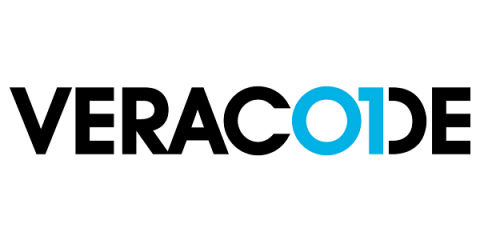Practical Steps for Fixing Flaws and Creating Fewer Vulnerabilities
All security flaws should be fixed, right? In an ideal world, yes, all security flaws should be fixed as soon as they’re discovered. But for most organizations, fixing all security flaws isn’t feasible. A practical step your organization can – and should – take is to prioritize which flaws should be fixed first.



